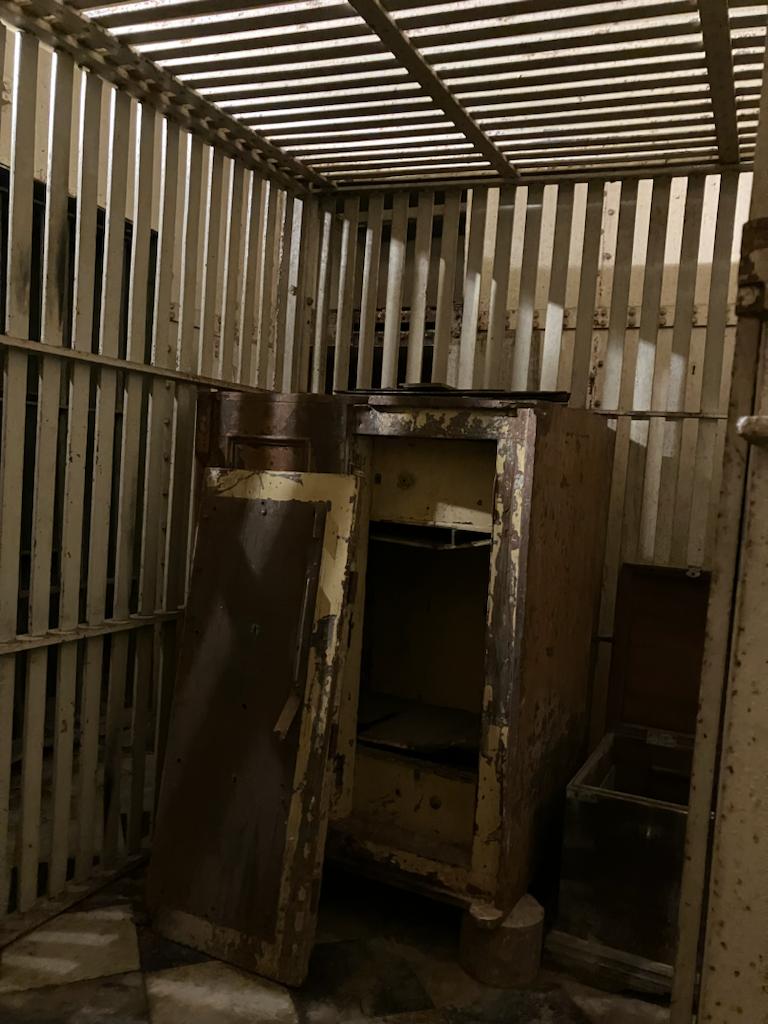
Fig 1: Strong Room of Bari Kothi built across an area of 140 square meter.
Rudyard Kipling once wisely remarked, "If history were taught in the form of stories, it would never be forgotten." The enigmatic world of Bari Kothi beckons us to explore the captivating tales of the past. Nestled within its hallowed halls lies a hidden gem—the legendary strong room. This stronghold once safeguarded the cherished possessions of the Dudhorias dynasty, standing as a testament to their opulence and grandeur. To truly understand the significance of these magnificent vaults, we must delve into the historical backdrop that shaped their existence.
In the annals of Indian history, Jain merchants played a pivotal role, their influence spanning centuries. Known for their shrewd business acumen and philanthropic endeavors, the Jain community amassed immense wealth and prestige. Their prosperity stemmed from their involvement in long-distance trade, establishing flourishing trade networks across the Indian subcontinent and beyond. As their fortunes grew, so did the need to protect their riches and safeguard their legacy against the perils of the time.
The concept of strong rooms can be traced back to ancient civilizations, where wealth and valuable possessions required fortified storage solutions. In the context of the Jain merchants, these strong rooms became an essential feature of their palatial mansions. As repositories of their treasures, they symbolized not only their affluence but also their commitment to preserving their heritage. For instance the concept of strong rooms isn't really that new to mankind. In ancient Egypt, strong rooms were utilized to protect the tombs of pharaohs and nobles. The most famous example is the burial chamber within the Great Pyramid of Giza, built around 2560 BCE. The pyramid's intricate design and massive stone blocks served as a formidable defense against grave robbers, safeguarding the treasures and mummified remains of the pharaohs.

Fig 2. Central cage is constructed with iron beams and an iron vault

The room features double doors—one operated with a key, and the other with a combination lock
During the Roman Empire, strong rooms called "aes signatum" were used to store valuable assets, including money, important documents, and precious metals. These vaults were typically located within fortified buildings or temples. An example is the Temple of Saturn in the Roman Forum, which housed the state treasury and was protected by iron-clad doors and guards.
The architectural design of strong rooms in the palatial mansions of Jain merchants was a marvel of ingenuity and craftsmanship. To ensure utmost security, the room was enveloped by iron walls on all four sides, creating an impenetrable barrier against intruders. The walls, constructed with meticulous attention to detail, were designed to withstand blasts, earthquakes, and any attempts at forced entry. But not all had the access to this, the all powerful treasurer held the final say in the matters of who gets what.
Women of the house had to take specific permission for what kind of jewelry they could wear for a specific occasion. The idea of an occasion was specifically imperative because it was one of those rare occasions on which the opulent wealth was on complete display.
The flaw in the strong room's architecture became a gateway for audacious thieves to breach the seemingly impenetrable defenses. Recognizing the vulnerability, the robbers meticulously planned their heist, exploiting the weak point beneath their very noses. With stealth and precision, they chiseled through the elegant marble floor, undetected by the iron-clad walls surrounding them.
Though the robbery brought about significant loss, the strong room of Bari Kothi stands today as a poignant reminder of the triumphs and tribulations of the past. It narrates the story of a wealthy and resourceful culture that contributed to the creation of organized institutions. Inanimate as it may seem, the strong room speaks volumes about the grand tapestry of history and the lessons we can learn from its flaws and vulnerabilities.